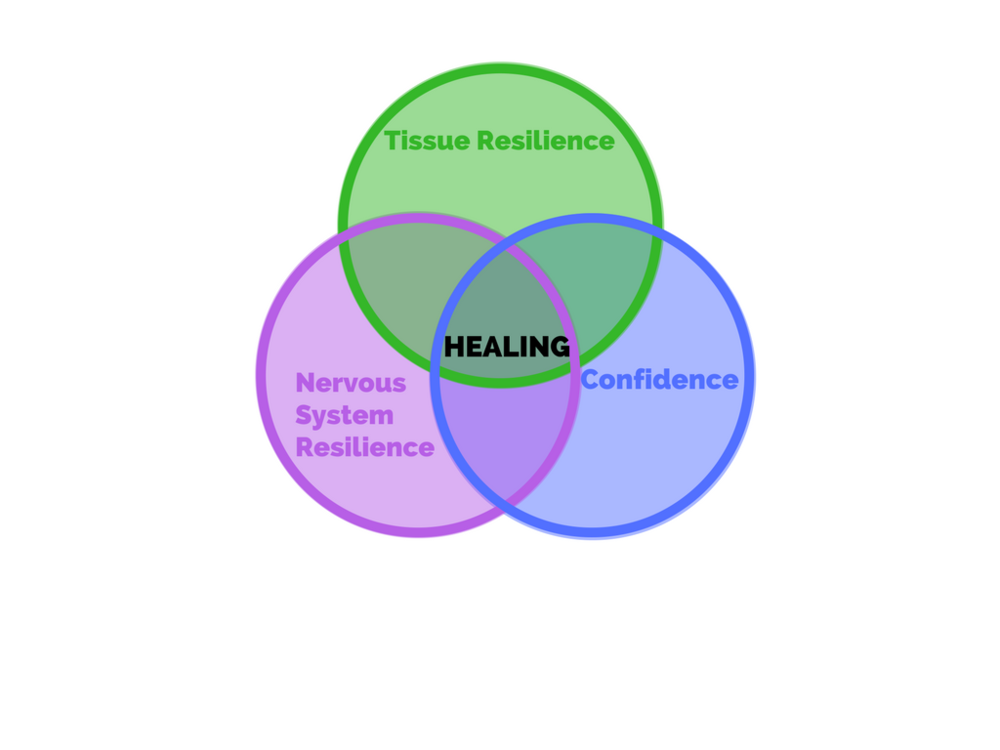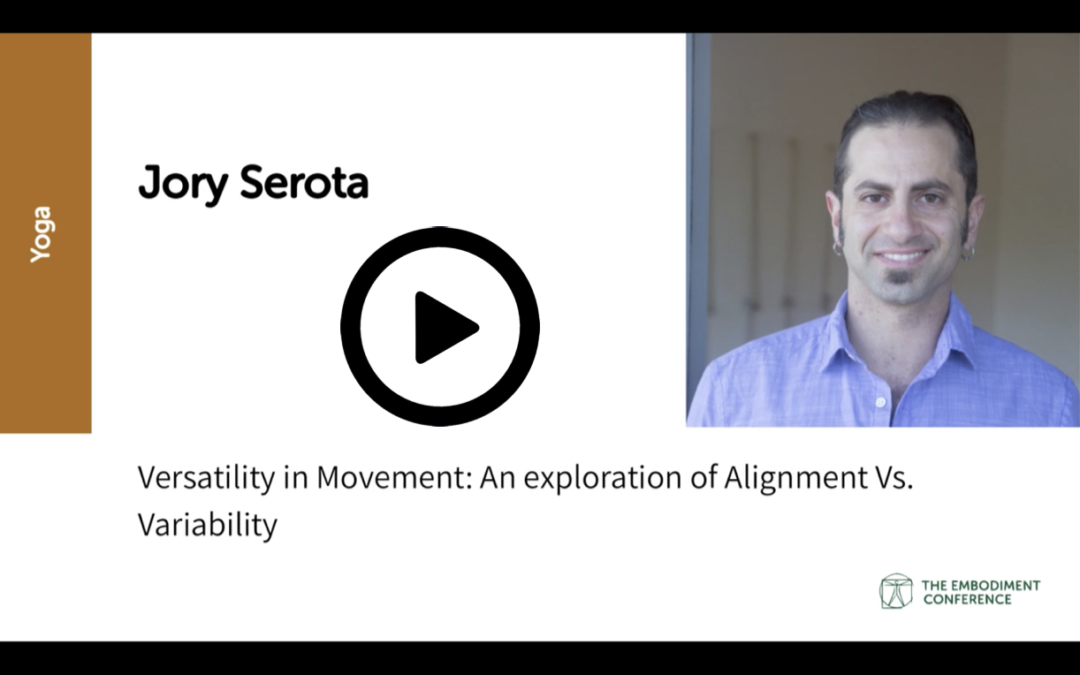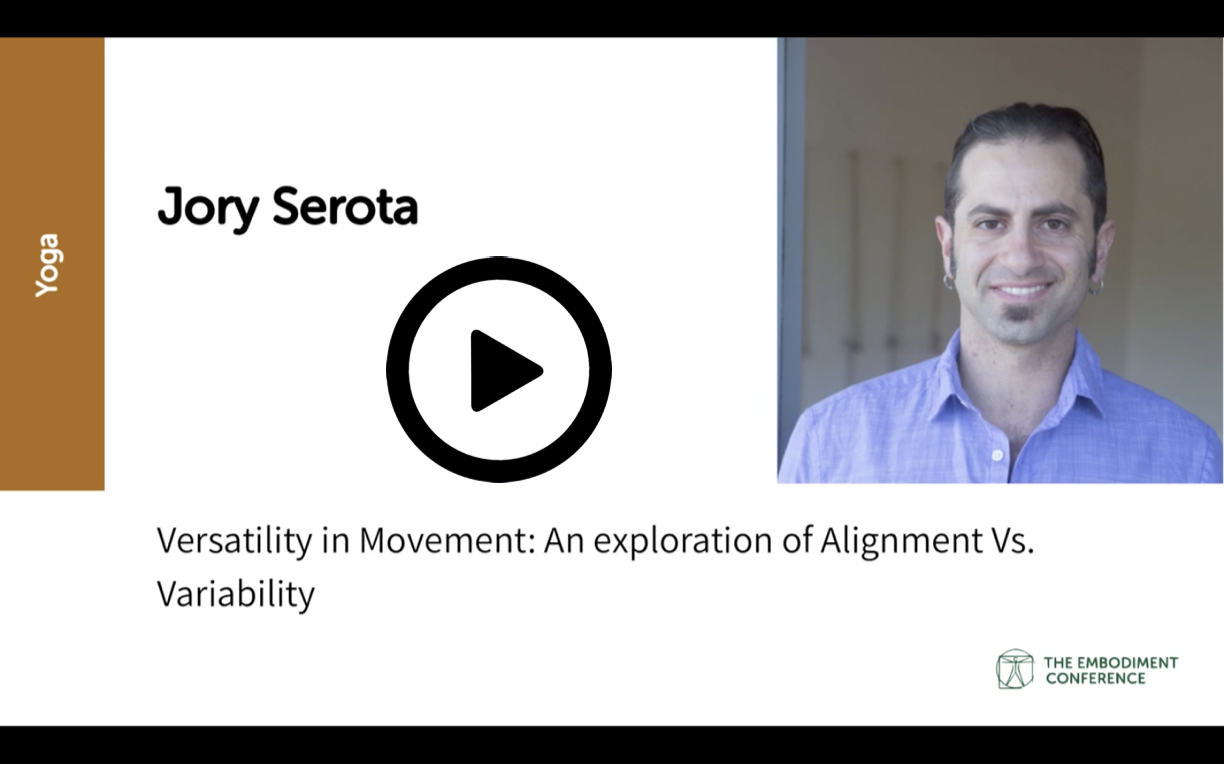My background in yoga is vast.
I started in my school gym at Florida State in 1998. In September, 2000 I found myself spending 4 months in India searching for a teacher. In 2001, when I began working at the Omega Institute in Rhinebeck, New York, a new path was laid before me.
I found Iyengar yoga and devoted my practice to it for the next 15 years.
I did teacher trainings.
I studied with the top teachers in the world.
I went back to India to study with Iyengar, himself.
I was even there at his passing. You can read the article I wrote HERE.
But when it was time to go up for Iyengar Certification (a very rigorous assessment by senior teachers) I always refused.
Something didn’t feel right. I didn’t know what it was, but I do now.
 I have a deep love for Iyengar Yoga. Whatever I say next must be prefaced by that understanding. I would not be who I am without their teachings and the instructions of my very competent predecessors.
I have a deep love for Iyengar Yoga. Whatever I say next must be prefaced by that understanding. I would not be who I am without their teachings and the instructions of my very competent predecessors.
For those that don’t know, Iyengar yoga’s main focus is on alignment. Their intention with the poses is to create joint health and tissue integrity.
This spoke to me. I have a ton of energy but when it comes to my yoga practice, I like to be slow and methodical. I used my Iyengar practice as a form of mindfulness.
But a couple promises were made to me during those years that never came true.
- If you have perfect alignment, you won’t get hurt.
- With perfect alignment, you can heal your emotional wounds.
Let’s break those down a bit…
“If you have perfect alignment, you won’t get hurt”.
The intention behind this is good. Alignment helps facilitate functional, strong and healthy joints.
We’ve all seen someone in their 1st or 50th class doing a pose that makes us want to cringe. Their neck is twisted, their spine is contorted, there’s clearly too much pressure on the wrong side of their knee. We pray the teacher comes over to save them and focus half of our attention the rest of the class on that. We tell ourselves, “if they keep doing these poses this way, they’re gonna get hurt.”
And they certainly may.
The problem is, alignment is not the end all of movement. Just like anything else in the human body, when something is done with too much repetition it creates wear and tear. This is basic science and it’s the reason why so many yoga practitioners need hip replacements in their 60s.
In addition to good alignment, the body also needs the capacity for variability.
Variability allows the body to move through more than one position without getting injured. If we train our bodies to only be in perfect alignment all the time, what is going to happen when we are not in perfect alignment (which, I promise you is going to happen!)?
Alignment may help reduce the risk of injury but an ability to withstand the demands of spontaneous, unexpected movement is more important. Developing strength in one plane is great. Developing strength and tissue resilience in all planes is tremendous.
 At the intersection of the nervous system, tissue resilience (which we can also call the capacity of our muscles, ligaments and tendons to adapt without injury) and confidence in movement, comes healing.
At the intersection of the nervous system, tissue resilience (which we can also call the capacity of our muscles, ligaments and tendons to adapt without injury) and confidence in movement, comes healing.
Now let’s break down #2:
“With perfect alignment, you can heal your emotional wounds.”
This can be a 10 page thesis for which I could easily argue both sides, but today I will keep it short.
The intention behind this is beautiful (just as for #1) and I have experienced there to be truth to it.
Our bodies and minds are connected. When we experience shame, grief, embarrassment or a slew of other similar emotions, our body takes shape as a result.
The expression of timidity is far different than that of confidence.
By correcting some of our daily postural patterns through upright, self-assured yoga postures, it makes sense that these new declarations will have an effect on the way we think and feel about ourselves.
They do.
Every single one of us has had an experience where we walk into a yoga class feeling one way and leave feeling completely different. The movement, combined with the release of oxytocin and other endorphins, help to clear the mind and free an aspect of happiness that already lives within us.
The promise that continued practice will eradicate the roots of anger, insecurity and lack of self worth, however, has shown time and time again to not be true.
The practice is helpful in setting the grounds for healing. But no matter how perfect your body is, how precise your alignment, it does not necessarily equate to emancipation of the mind and childhood conditioning. For that level of healing, deeper forms of cognitive therapy and perhaps psychotropic medicine is needed.
When we think of this in terms of variability, it gets even more interesting. Would you prefer your emotions to be rigid, firm and strong or would you like some flexibility to them? I think we would all choose the latter and thus applying that to our bodies is paramount, as well.
This is just a very brief synopsis of my views on movement and how they relate to our emotions and personality. As is the video below.
A couple of months ago I was asked to partake in what was possibly the world’s largest online healing summit. Over 1000 presenters spoke in “The Embodiment Conference”. My presentation, a combination of both lecture and movement, was on exactly what were are discussing today: Alignment vs. Variability.
I think you’ll like it and get a lot out of it.


